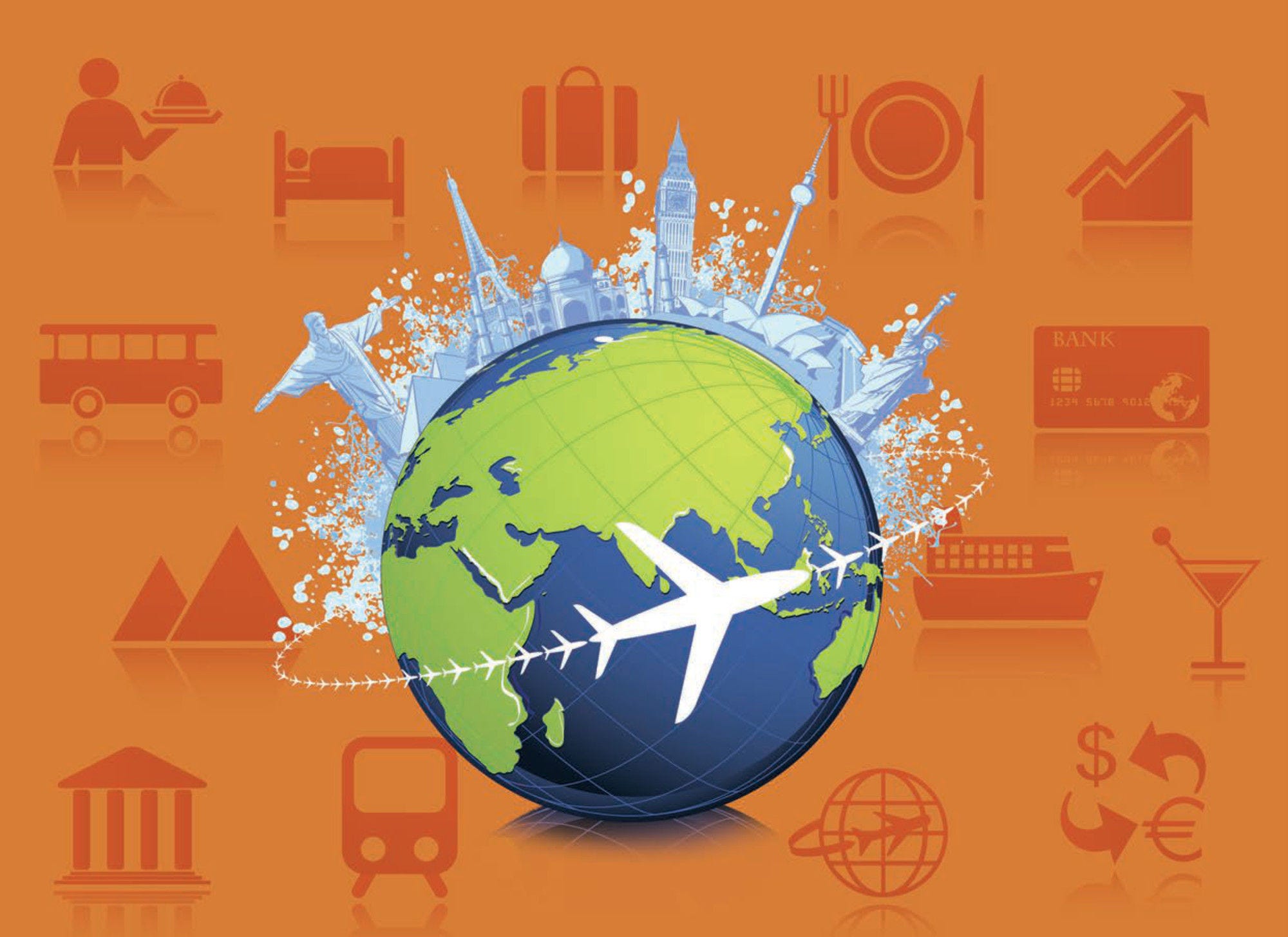Latvia is an emerging tourism destination, with many natural resources and a rich cultural heritage. Latvia prioritises investment in tourism marketing to raise awareness of its attractiveness as a tourism destination.
The Ministry of Economics developed the Tourism Development Guidelines for 2014-20 which is the principal policy document. The overall goal of Latvian tourism policy is to ensure the sustainable growth of the sector by facilitating competitiveness of tourism services in export markets. The Government’s policy aims to increase the competitiveness of Latvian tourism businesses, meet the criteria of sustainable tourism development, encourage international competitiveness, reduce seasonal imbalances and extend the average length of stay.
Alongside the guidelines, the Investment and Development Agency of Latvia developed its Tourism Marketing Strategy 2018-23 which also addresses future tourism challenges, such as improving the image of Latvia, sustainable tourism development, and investing wisely. Overall the goals of marketing activity are to achieve a unified approach towards promoting Latvia as a tourism destination, as well as to strengthen its competitiveness. The strategy uses lifestyle segmentation to target potential visitors, including ‘dreamers’, ‘adventurers’ and ‘open minded tourists’. Latvia has also introduced under the Investment and Development Agency a new ‘Magnetic Latvia’ brand created to promote awareness of Latvia. This positions the country as an appealing market for business, as a leisure tourism destination and as a cultural hotspot.
A range of issues are currently the subject of particular focus:
Decreases in average spend per tourist per day: With the objective to increase tourists’ average daily spending, a priority focus is to improve the quality of the tourism offer. Such a policy will increase value for money and lead to greater income as tourists’ willingness to pay is increased. The Ministry of Economics is currently undertaking research to define the future actions needed to ensure this priority is met.
Low competitiveness of Latvia as a tourism destination: To improve standards of service quality, a focus on improving the education and skills of service providers is another priority. A life-long learning programme has been developed by the Ministry as one measure to increase the skills of entrepreneurs and employees. The programme is supporting a wide variety of activities during a six year period to 2020 including facilitating the implementation of business innovation, training in technology as well as training to attract investors.
Acute seasonality negatively affecting business turnover: There is currently marked seasonality, which affects tourism business performance, especially in the accommodation sector. The average occupancy rate in the low season drops to as little as 30%, whilst in the high season it can average between 60 and 80%. Latvia has set MICE and wellness/health tourism markets as key priorities in order to build activity in shoulder and winter months and minimise the effects of seasonality.
The Ministry of Economics is currently collaborating with the Ministry of Environmental Protection and Regional Development to ensure that high quality natural resources are improved and maintained. Other examples of cross-government work include co-operation with the Ministry of Culture in relation to the development of cultural tourism; the Ministry of Transport to provide road infrastructure and transport improvements; and the Ministry of Health, in relation to medical tourism development.
Co-operation is currently ongoing regarding the development of the Government’s next planning period covering 2021-27. Ministries are sharing draft future strategies and considering respective topics including tourism policy. Because of its cross-cutting nature and lack of separate tourism Ministry, the Ministry of Economics is co-ordinating this process for tourism. Previously this has provided positive results, for example, the Medical Tourism Development Co-ordination Council is the result of close co-operation between two ministries (see box below).

